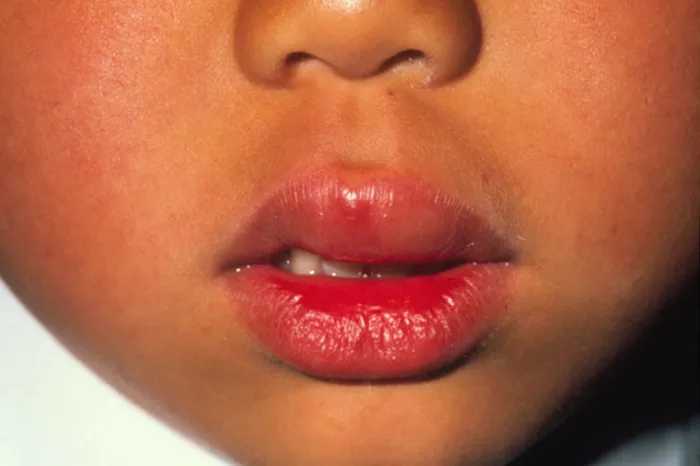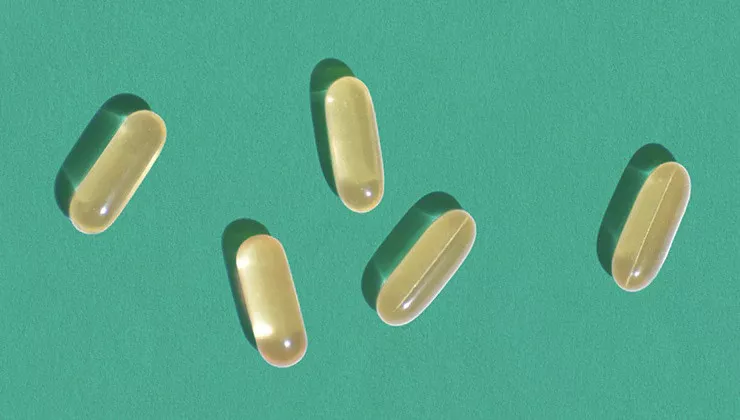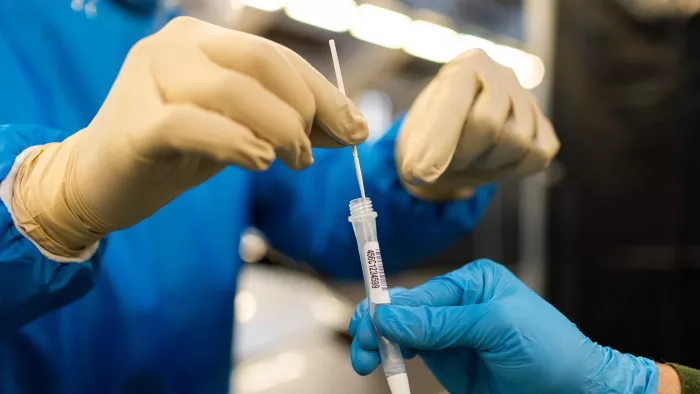Teenage depression is a complex and multifaceted condition, often caused by a combination of biological, environmental, and psychological factors. As adolescents undergo significant physical, emotional, and cognitive changes, they can become particularly vulnerable to mental health challenges, including depression. What Is the Number One Cause of Teenage Depression? One of the most common and debated causes of teenage depression is the impact of social media and digital technology. While there is no singular cause, the influence of social media stands out as a major contributing factor.
The Rise of Teenage Depression
Over the past few decades, teenage depression has become an increasingly urgent public health issue. Studies and surveys reveal that depression rates among adolescents have been steadily climbing, with many teens reporting feelings of sadness, hopelessness, and even suicidal ideation. While the reasons for this surge are diverse, the role of technology, specifically social media, has become a focal point for research and discussions on teenage mental health.
The American Psychological Association reports that approximately 3 million adolescents in the United States suffer from depression each year, with a significant increase in the prevalence of major depressive episodes. Teenagers are particularly vulnerable to depression due to the physical, emotional, and psychological changes that come with adolescence, making it essential to identify and understand the root causes of this mental health crisis.
Understanding Depression in Teens
Before delving into the primary causes, it’s important to understand what teenage depression looks like. Depression is more than just feeling sad or going through a tough period in life. It is a serious mental health condition that can affect all areas of an adolescent’s life, including their ability to think clearly, manage their emotions, and interact with others.
Some common signs and symptoms of teenage depression include:
- Persistent sadness, irritability, or anger
- Loss of interest or pleasure in activities once enjoyed
- Social withdrawal or isolation
- Difficulty concentrating or making decisions
- Feelings of hopelessness, worthlessness, or guilt
- Changes in sleep patterns (insomnia or excessive sleeping)
- Appetite changes and weight fluctuations
- Thoughts of self-harm or suicide
Understanding these symptoms is crucial for parents, educators, and healthcare professionals to recognize the early signs of depression and intervene appropriately. However, pinpointing the exact cause of depression in teenagers is a more complex task, as it involves a combination of factors that interact in unique ways for each individual.
The Impact of Social Media
When considering the causes of teenage depression, social media stands out as one of the most significant and pervasive influences. Social media platforms such as Instagram, Snapchat, TikTok, and Facebook have become central to the lives of many teenagers, providing them with instant communication, entertainment, and a sense of belonging. However, research suggests that the more time teens spend on these platforms, the more likely they are to experience symptoms of depression.
One of the primary ways social media contributes to teenage depression is through social comparison. Teenagers are especially prone to comparing themselves to their peers, and social media amplifies this tendency by providing constant access to curated, often idealized representations of others’ lives. Photos, posts, and videos on social media frequently depict only the highlights of people’s lives, which can create unrealistic expectations and feelings of inadequacy in those who view them.
The phenomenon of “social comparison” is particularly damaging for teenagers, who are still developing their self-esteem and sense of identity. When they see others presenting flawless images of beauty, success, and happiness, they may feel inferior or left out, contributing to feelings of depression. Moreover, cyberbullying and online harassment are rampant on social media platforms, further exacerbating mental health issues. Teens who experience bullying online are more likely to develop depression and anxiety as a result of the constant stress and emotional toll of being targeted.
The Role of Peer Pressure and Social Anxiety
Another key factor in teenage depression is the pressure to conform to social norms and expectations. Adolescents are at a stage in their lives where fitting in with their peers is of utmost importance. Peer pressure can manifest in various ways, including the pressure to engage in certain behaviors (e.g., substance use, sexual activity) or to maintain a specific appearance (e.g., body image). For many teenagers, the fear of rejection or being ostracized by their social group can be overwhelming.
In the context of social media, this pressure is amplified. Teens are often expected to present a curated version of themselves online, leading to increased stress and anxiety. This can create a cycle where teens feel they are not measuring up to the standards set by their peers, which can further contribute to feelings of worthlessness and depression.
In addition to peer pressure, social anxiety is another significant factor in teenage depression. Many adolescents struggle with anxiety, especially in social situations, where they may feel judged or scrutinized by their peers. The fear of being judged or excluded can lead to social withdrawal, which can exacerbate feelings of loneliness and isolation—key contributors to depression.
Family Dynamics and Mental Health
While social media plays a crucial role in teenage depression, it is essential to recognize that family dynamics also have a profound impact on a teen’s mental health. Adolescents who grow up in environments characterized by conflict, neglect, or a lack of emotional support are at a higher risk of developing depression. Family stressors, such as divorce, financial difficulties, or the death of a loved one, can trigger or exacerbate depressive symptoms in teens.
Parental involvement and support are critical in preventing and treating teenage depression. Adolescents who feel loved, understood, and supported by their families are more likely to develop healthy coping mechanisms and have a more positive outlook on life. Conversely, teens who experience emotional neglect or abuse may struggle with self-esteem and may turn to maladaptive coping strategies, such as substance abuse or self-harm, to manage their depression.
It is important for parents to be aware of the signs of depression in their teens and to maintain open lines of communication. Creating a supportive home environment where teens feel safe to express their feelings can go a long way in reducing the risk of depression.
Biological and Genetic Factors
In addition to environmental influences, biological and genetic factors also play a role in teenage depression. Depression often runs in families, suggesting a genetic predisposition to the condition. Teens with a family history of depression or other mental health disorders are more likely to develop depression themselves. This is especially true if there is a family history of early-onset depression, substance abuse, or anxiety disorders.
There are also hormonal changes that occur during adolescence that can contribute to the development of depression. During puberty, teens experience significant shifts in hormone levels, particularly in relation to estrogen and testosterone. These hormonal changes can affect mood regulation and increase susceptibility to emotional and psychological issues.
Neurobiological factors, such as abnormalities in neurotransmitter systems (e.g., serotonin, dopamine) and brain structure, may also play a role in teenage depression. Research has shown that depression is associated with changes in areas of the brain involved in mood regulation, such as the prefrontal cortex and amygdala. These biological changes may make some teens more vulnerable to depression, especially when combined with environmental stressors.
The Role of School Stress and Academic Pressure
For many teenagers, school can be a major source of stress and anxiety. The pressure to perform well academically, get into college, and secure a successful future can weigh heavily on a teen’s mind. This stress can be particularly intense for high-achieving students who feel the need to excel in all areas of their lives.
Excessive academic pressure can lead to feelings of inadequacy and burnout, contributing to the development of depression. Teens who struggle with academic performance or face bullying in school may experience feelings of failure, which can further impact their self-esteem and mental health.
Moreover, the lack of social support and the inability to balance academic demands with extracurricular activities and personal time can create a perfect storm for depression. Schools that fail to provide adequate mental health resources or create environments where students feel safe and supported may inadvertently contribute to the mental health crisis facing today’s youth.
Conclusion
In conclusion, while there is no single cause of teenage depression, social media is a leading factor that contributes to the growing rates of depression among adolescents. The combination of social comparison, cyberbullying, and peer pressure, coupled with the other factors such as family dynamics, biological predispositions, and academic pressure, creates a complex web of influences that affect a teen’s mental health.
Addressing teenage depression requires a multifaceted approach. Parents, educators, mental health professionals, and policymakers must work together to create a supportive environment where teens can thrive emotionally, socially, and academically. Reducing the negative impact of social media, providing access to mental health resources, and fostering open communication within families and schools are all essential steps in mitigating the risk factors for depression.
By understanding the factors that contribute to teenage depression, we can help guide teens toward healthier coping mechanisms and support them in navigating the challenges of adolescence with resilience and hope.
Related Topics
































